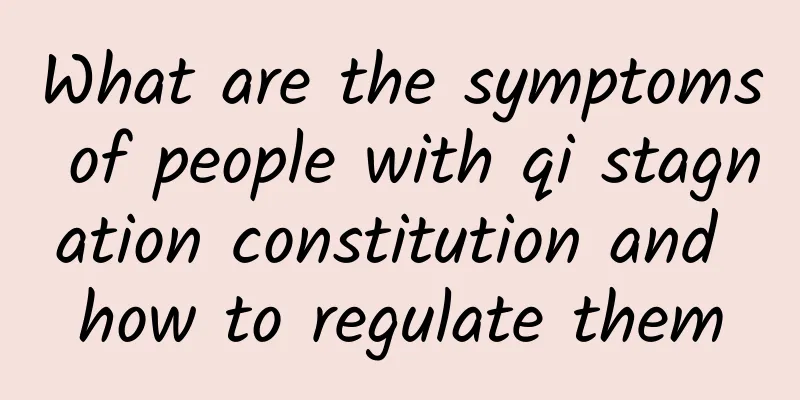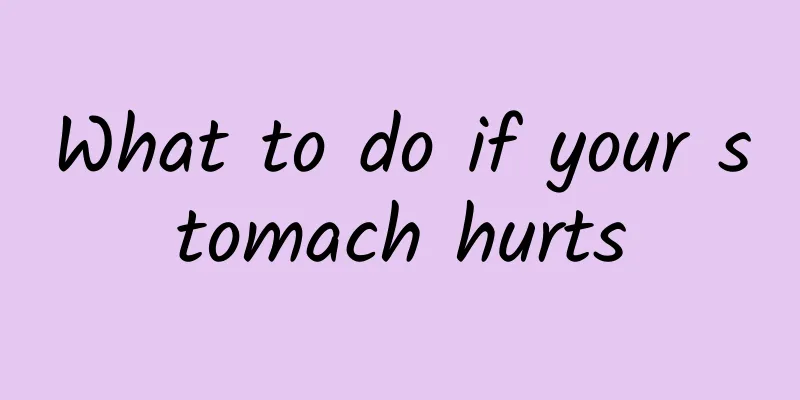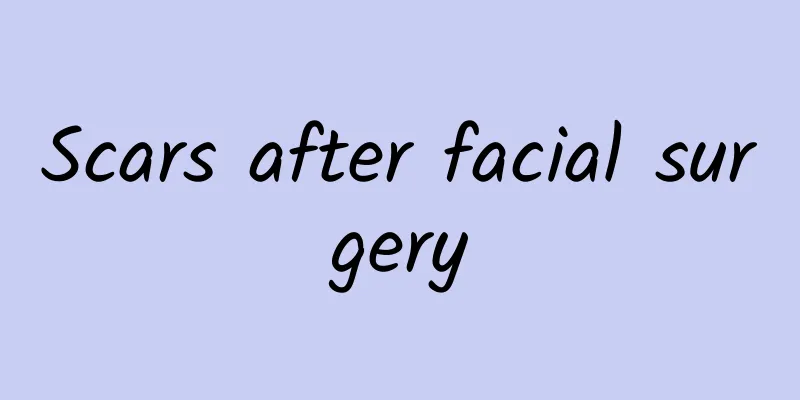What medicine should I take for bile duct inflammation?

|
When the bile duct is inflamed, it can be treated with certain antibiotics. Of course, the effect of such treatment is generally limited. If the condition is more serious, surgery is required. For acute cholangitis, surgery can avoid bile duct obstruction and gradually reduce the pressure in the bile duct. For chronic patients, it can ensure smooth bile duct drainage, control infection, avoid acute attacks, etc. What medicine should I take for bile duct inflammation? 1. Chronic cholangitis: Use surgery to remove obstructive factors and ensure smooth bile duct drainage. In the case of an acute attack, control the infection first and then perform surgery after the condition stabilizes. The bile duct is opened to remove stones or ascarids, and a T-tube is used for drainage. If there is stenosis of the sphincter of Oddi, sphincterostomy can be performed. If there is obstruction of the lower end of the common bile duct, biliary intestinal drainage techniques such as common bile duct duodenal anastomosis or bile duct Roux-y jejunostomy can be performed. To eliminate the infection focus, the gallbladder should be removed. For patients with intrahepatic bile duct stenosis, it is necessary to thoroughly understand its pathological changes and eliminate the cause of its obstruction. For example, the stricture of the intrahepatic bile duct is incised, and the intrahepatic stones are removed, and then a Roux-y choledochojejunostomy is performed. Reflux cholangitis is prone to occur after sphincter of Oddi plasty and choledochoduodenostomy. 2. Acute cholangitis Surgery relieves bile duct obstruction, reduces bile duct pressure and ensures smooth drainage. However, in the early stages of the disease, when the condition is not too serious, such as acute simple cholangitis, non-surgical methods can be used first. If non-surgical treatment is ineffective and simple cholangitis develops into acute obstructive suppurative cholangitis, surgical treatment should be adopted in a timely manner. Non-surgical treatment includes the use of antispasmodics, analgesics and choleretics, among which 50% magnesium sulfate solution often has a good effect, with a dosage of 30-50 ml taken once or 10 ml three times a day; gastrointestinal decompression is also often used; the combined use of large doses of broad-spectrum antibiotics is very important. Although the antibiotic concentration in the bile cannot reach the concentration required for treatment when the bile duct is obstructed, it can effectively treat bacteremia and sepsis. Commonly used antibiotics include gentamicin, chloramphenicol, cefotaxime and ampicillin.TCM Syndrome Differentiation and Treatment of Cholangitis 1. Deficiency of Health Type: Treatment: Nourish both Qi and blood, strengthen the spleen and benefit the kidneys. Chinese medicine prescription: 20 grams of Pseudostellaria baicalensis, 30 grams of Astragalus membranaceus, 10 grams of Atractylodes macrocephala, 12 grams of Poria cocos, 6 grams of Tangerine peel, 12 grams of Polygonatum sibiricum, 30 grams of Millettia reticulata, 15 grams of White Peony Root, 10 grams of Epimedium, 12 grams of Rehmannia glutinosa, 15 grams of Malt, and 15 grams of Oldenlandia diffusa. 2. Damp-heat type: Treatment: clear away heat and dampness, soothe the liver and regulate qi. Chinese medicine prescription: 12 grams of bupleurum, 10 grams of scutellaria, 15 grams of capillaris, 9 grams of rhubarb, 12 grams of pinellia, 10 grams of curcuma, 15 grams of desmodium, 15 grams of oldenlandia diffusa, 12 grams of fructus aurantii, 12 grams of malt, 10 grams of gardenia, 6 grams of tangerine peel, and 12 grams of atractylodes. 3. Stasis type: Treatment method: Soothe the liver and regulate qi, reduce adverse effects and relieve pain. Chinese medicine prescription: 10 grams of bupleurum, 10 grams of scutellaria, 12 grams of aurantium, 15 grams of white peony root, 12 grams of pinellia, 6 grams of tangerine peel, 10 grams of trillium, 10 grams of curcuma, 18 grams of oldenlandia diffusa, 15 grams of malt, 6 grams of rhubarb, and 10 grams of atractylodes. 4. Fire poison type: Treatment: Purging fire and detoxifying, soothing the liver and clearing heat. Chinese medicine prescription: 10 grams of bupleurum, 10 grams of scutellaria, 9 grams of rhubarb (added later), 10 grams of immature bitter orange, 10 grams of gardenia, 30 grams of gypsum, 15 grams of capillaris, 30 grams of imperata root, 6 grams of coptis, 15 grams of white peony root, 15 grams of oldenlandia diffusa, and 18 grams of malt. |
<<: The dangers of bile duct drainage
>>: What medicine can cure cholangitis quickly?
Recommend
What should I do if my fingers are stiff and cannot bend?
Many people encounter the situation of stiff fing...
What should I pay attention to during my period?
During menstruation, women must pay more attentio...
Can I drink alcohol when I have gastroenteritis?
Gastroenteritis is a relatively common gastrointe...
Can custard powder help lose weight?
There are many auxiliary ingredients in our lives...
What is the reason for frequent colds and runny noses?
It is normal to have a runny nose when you have a...
The best way to cleanse the intestines and detoxify, the old Chinese medicine doctor recommends the dietary remedies
We know that if the human body has a bad gastroin...
Huopu Xialing Decoction
Huo Pu Xia Ling Tang originated from "Yi Yua...
Using air conditioners like this in summer can cause the whole family to get sick
In the summer, people want to cool down after swe...
What are the precautions after a finger fracture?
Fingers are extremely important to people's s...
There are small red spots on the genitals that itch and hurt when scratched
As a private organ of women, unlike the male peni...
Can Polygonatum odoratum lower blood sugar?
Polygonatum sibiricum is a less common plant. It ...
Vomiting, diarrhea, body aches and weakness
As the saying goes, 30% of stomach problems depen...
Is erythromycin effective for treating mycoplasma pneumonia?
Erythromycin is a common drug for the treatment o...
A man's dragon vein is a woman's phoenix bone!
The spine is the dragon vein of men and the phoen...
What should I do if my baby has bad breath?
Bad breath in babies is a relatively common sympt...









